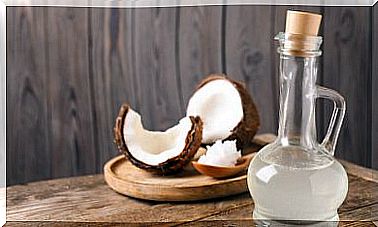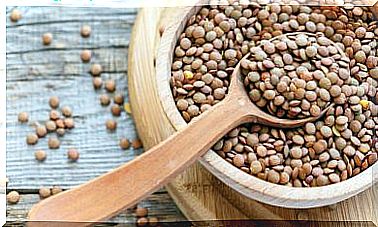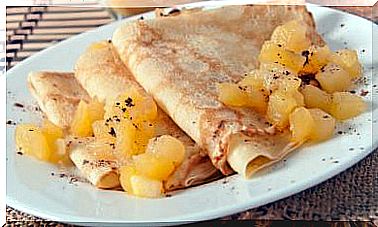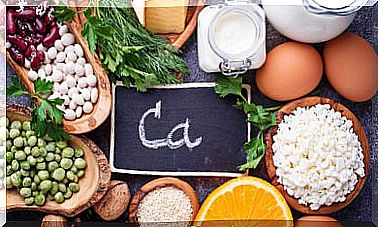Does Bread Make You Fat?
A very recurring question is whether bread is a fattening food. It should be noted that there are no foods that make you fat or lose weight, but this fact is the result of a caloric balance. For this reason, the key always lies in the quality of the diet and its energy balance.
Despite this, the influence of each food on insulin secretion and satiety can actually lead to overeating and weight gain. Therefore, below we are going to answer all the keys about these controversial issues.
Bread is not fattening

Bread is a food made up mostly of carbohydrates. Its energy power is approximately 300-400 kcal per 100 g of product. It can be included within the framework of a balanced diet and, by itself, does not lead to weight gain.
However, it does tend to have a high glycemic index, especially in its varieties made with refined wheat. This results in an insulin spike with subsequent reactive hypoglycemia. It should be remembered that the frequent and abundant intake of carbohydrates, especially simple ones, has been shown to increase the risk of developing metabolic diseases.
The consequence of consuming bread in isolation is a momentary satiety with a subsequent increase in appetite. Therefore, we are talking about a food that is not very satiating in itself, which can incite an excessive subsequent intake.
It should not be used as an accompaniment
Bread is a food that is often used in the wrong way. The idea of accompanying meals with bread translates into an uncontrolled increase in energy intake, which is often not even taken into account.
Bread can be eaten, in moderation, but always as the main element of the dish. In this way, a meal with a sandwich is accepted as the main preparation, even empanada or pizza. But it’s always a bad idea to add it extra as a side.
On the other hand, on many occasions it is used to dip in sauce. This increases the caloric value of the intake significantly. In addition, its palatability can lead to consuming more food than necessary, overcoming the appetite barrier.
In the same way, it is a product that is not usually accounted for when evaluating a diet. Many people consume it in their main meals, but they are not aware that it is a caloric element and they use it in an almost cultural way.
Not all breads are the same
There are different types of breads, depending on their ingredients and their production process. In this way, wheat bread is not the same as rye bread, nor sliced bread as artisan bread.
When it comes to eating bread, it is always interesting to choose varieties made with whole grain, as less refined as possible. In addition, those made in an artisanal way and that include various types of cereals or grains in their recipe have a much higher nutritional quality.
The satiating power of food
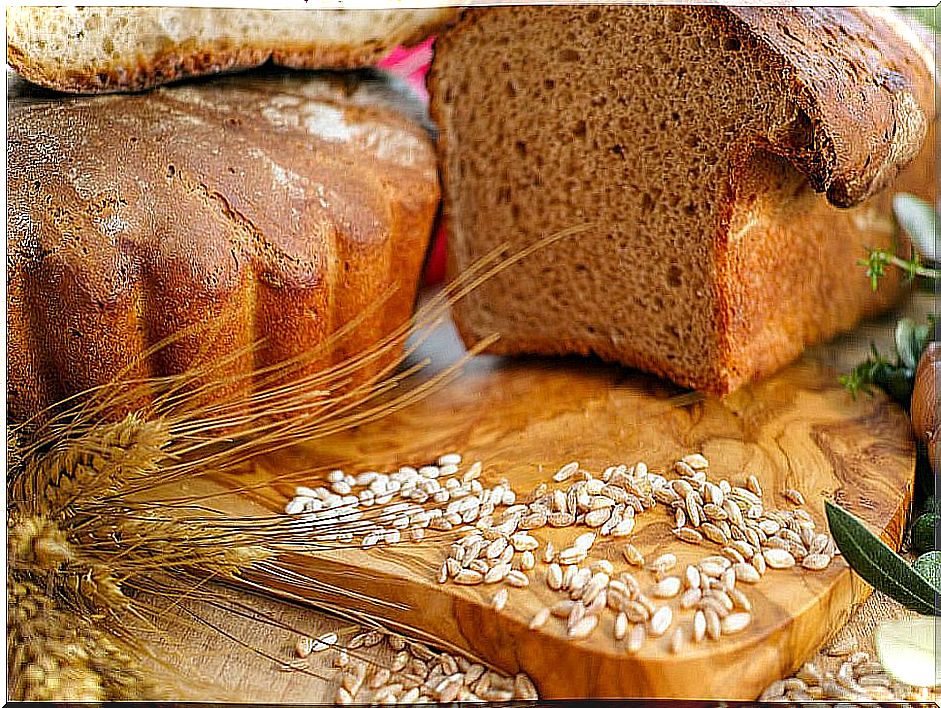
When planning a diet, in addition to taking into account the value of food, it is important to evaluate its satiating power, as indicated in research published in the Annual Review of Physiology . In this way, it is preferable to avoid processed foods or foods rich in sugars.
There is sufficient evidence to affirm that proteins and fats have a greater capacity for satiety, stimulating leptin and the neuropeptide. In this way, reactive hypoglycemia following simple sugar intake, which leads to increased appetite , is avoided.
Foods rich in fiber produce stomach and intestinal distension, stimulating the receptors responsible for transmitting the sensation of satiety. This is one of the reasons why the consumption of unprocessed food is prioritized.
Thus, in addition to offering advantages at the macro and micronutrient levels, it allows efficient control of the glucose curve and the appetite mechanism.
In the case of choosing foods rich in carbohydrates, those whole grains or whole grains should be prioritized. These have a high amount of fiber and a low glycemic index, which stimulates much less insulin production than refined sugar.
The balance of the diet matters more than bread when it comes to gaining weight
There is no fattening food by itself, and bread is no exception. However, the consumption of bread is usually done in the wrong way, since it is often used as an accompaniment to food.
If it is introduced in the diet, it must be as the main element of the dish and its isolated consumption between meals should be avoided to avoid an increase in appetite later.
As a general rule, it is interesting to avoid foods rich in carbohydrates with a high glycemic index and those processed foods. The consumption of fiber becomes essential to ensure the satiety mechanism and to prevent the development of complex diseases.


